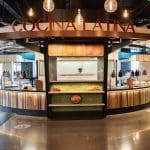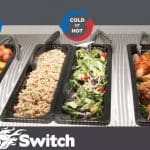When students began returning to in-person classes at the University of Massachusetts Amherst in the…
Expecting the unexpected: Planning for flexibility in a post-pandemic world
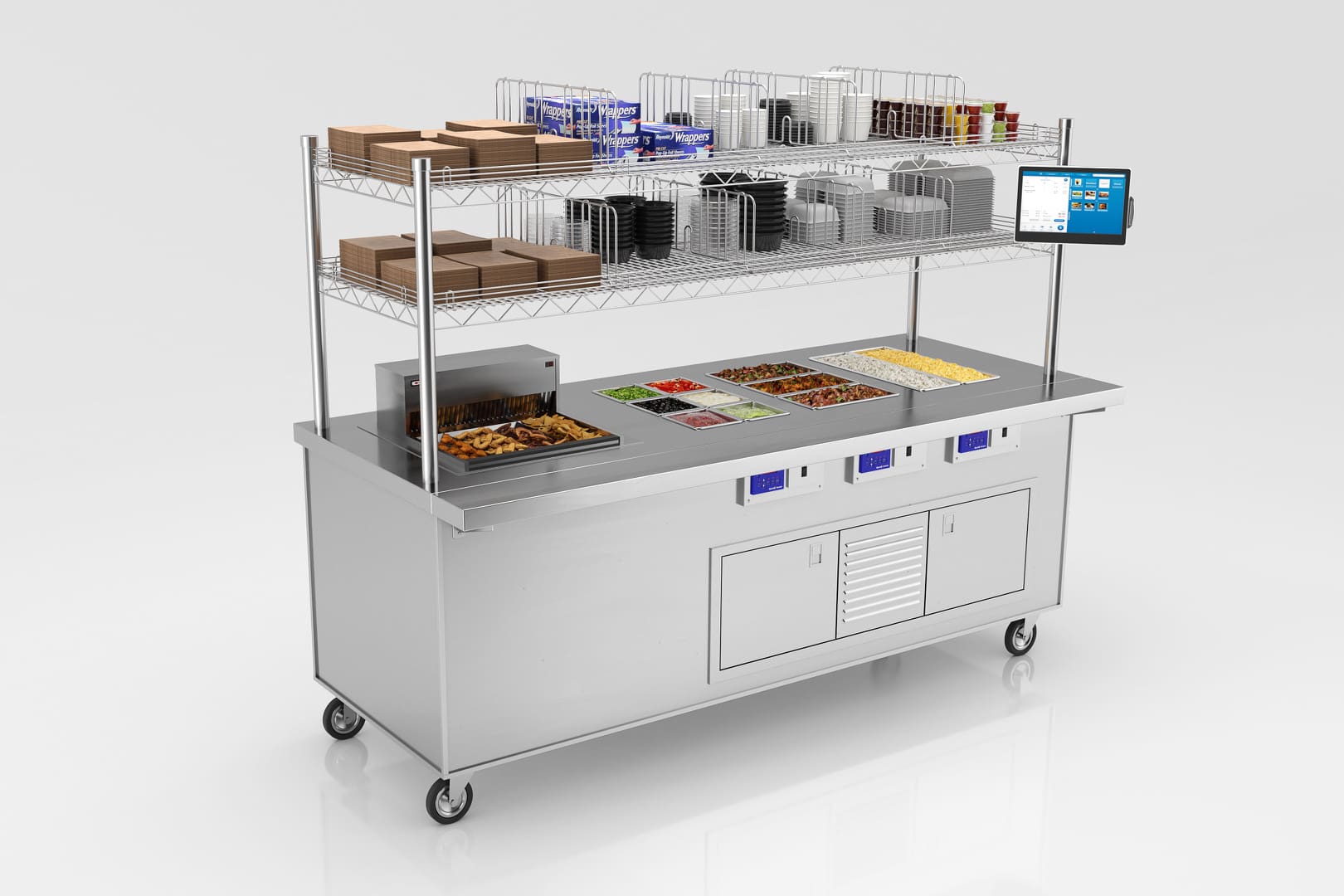
The coronavirus pandemic has taught every facet of the food serving world that the way things have been done is likely not the way they will always be done. Whether from pandemic or natural catastrophe or economic or cultural forces or circumstances unforeseen or unimagined, massive disruption may strike again and demand adaptation.
Expecting the unexpected has a whole new meaning today. As kitchen operators consider their equipment set up — whether currently outfitting in response to pandemic-related needs, planning a future remodel or even considering what the kitchen of the future will look like — it would be wise to consider how best to build in flexibility and versatility from the outset.
Here are a few ideas.
- Consider adaptable equipment
Equipment installed specifically for one set of circumstances — say, a cooking or prepping station that’s designed for particular menu items — may be become at best unwieldy and at worse unusable in the face of intense change.
Forward-thinking operators should design kitchens with adaptability at their core.

For example, many new projects are being created with planned rotating stations — prep and holding areas created to accommodate a changing menu. Pizza one day, poke the next. This approach prevents future menu fatigue by building for variety from the outset.
Planning for adaptability also includes selecting equipment whose very features provide for flexibility.
LTI’s patented QuickSwitch wells and QuickSwitch glass shelves allow food to be served hot, cold or frozen with each well (or shelf) controlled independently, so that hot soup can be safely and conveniently held next to those cold sandwiches.
And because wells can change temperature in an hour, converting from a prepared hot food serving counter to one for cold packaged foods can be accomplished with the flip of a switch.
This flexibility was on full display recently at a Florida high school, which had installed QuickSwitch serving equipment as part of a recent cafeteria renovation. The original meal plan called for the school’s various serving lines to each offer a different menu focus.
When school resumed in the fall amid the ongoing pandemic, daily student populations plummeted thanks to a rotating attendance schedule. Rather than offering various meal options, which was more labor- and resource-intensive than was needed, the school pivoted to a reduced menu that was served at every station and changed daily.
Because their equipment could change to meet their needs, so could their menu.
- Give equipment more jobs
Equipment that has multiple possible uses will provide savvy operators with more options when it comes to cooking and serving.
Recent years have seen an explosion of equipment like combi-ovens and other multipurpose cooking appliances. Flexible serving options are also available to support today’s unique needs, a future return to “normal” and whatever the future may hold.
In restaurants, one major pivot has been to accommodate a dramatic increase in delivery and takeout orders. LTI’s QuickSwitch order assembly table serves as a dedicated station for preparing and packaging these to-go orders, keeping this process from interfering with the main line.
With wells that can easily switch between hot and cold and convenient shelves to hold packaging materials, this self-contained unit functions as a fully equipped, standalone station. In the future, the table can be repurposed to support any normal line as needed or continue to support delivery if these services stay in high demand even beyond the pandemic.
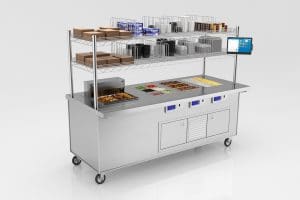
- Choose changeable equipment
The rapid change in safe serving standards impacted many facilities’ basic functions. Schools, hospitals, restaurants and more had to put away shared utensils as at a salad bar or even utensils shared between workers in order to limit the number of frequently touched surfaces. Buffets and other self-serve scenarios were strictly off-limits in most cases.
But serving counters, with their stationary food shields and customer-centric orientation, often weren’t ready for the change and had to be retrofitted, sometimes in less than ideal ways (like the barbecue restaurant in South Carolina that improvised by stretching plastic wrap across the front of its buffet).
To make shifting easier, operators should consider food shields that can be switched from self-serve to full-serve — or even from full-serve using utensils to safe holding for packaged foods, which can be picked up without requiring interaction between diners and workers.
Adapting to an unprecedented present and planning for an unknown future can make anyone wish for a functioning crystal ball, but operators can boost their chances of being ready for whatever comes next by embracing adaptability and flexibility at every turn.
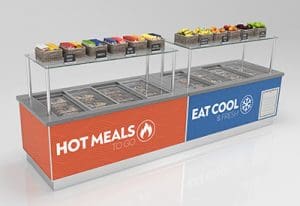 In corporate environments, for example, ExpressLine can be used as a grab-and-go feeding option to keep employees from congregating in cafeterias or break rooms. Post-pandemic, these counters can be set up as dining “outposts” to make food options more accessible across a corporate campus or used to deliver packaged or catered food to meeting rooms.
In corporate environments, for example, ExpressLine can be used as a grab-and-go feeding option to keep employees from congregating in cafeterias or break rooms. Post-pandemic, these counters can be set up as dining “outposts” to make food options more accessible across a corporate campus or used to deliver packaged or catered food to meeting rooms.